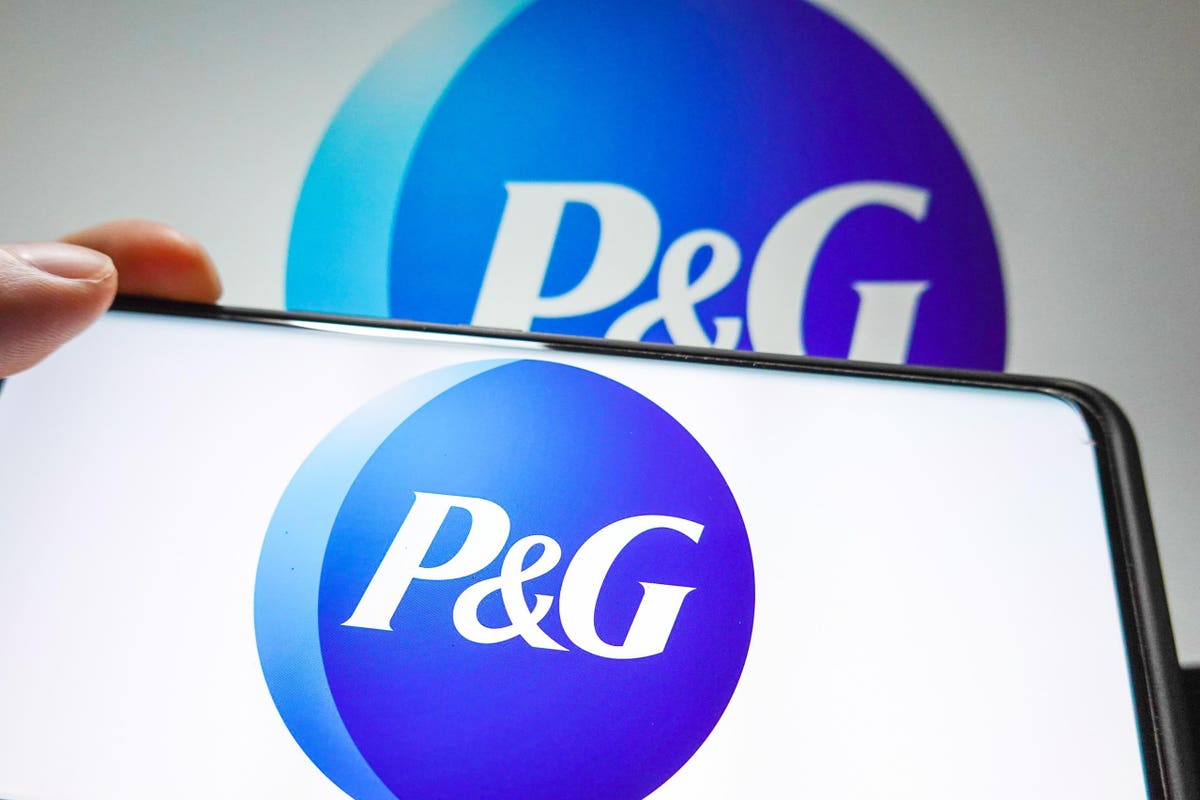Procter & Gamble stock (NYSE: PG) currently trades at $157 per share, roughly 17% above its level in March 2021, and it still has room for growth. P&G saw its stock trading at around $144 in late June 2022, just before the Fed started increasing rates, and is now 9% above that level, while the broader S&P 500 has gained about 18% during this period. The slight rise in PG stock over the last twelve months or so has been driven by pricing gains for P&G and a steady decline in the inflation rate in response to the Fed’s aggressive rate hike plan – although investors still have concerns about a potential recession.
PG stock is already trading close to its pre-inflation shock high of $164 and still has some room for growth. We estimate Procter & Gamble’s valuation to be around $172 per share, implying roughly 10% gains. This is because the company has seen steady sales growth over the recent quarters and has maintained its operating margin of 22% in recent years, despite rising costs. The company posted upbeat Q4 fiscal 2023 results (fiscal ends in June) and a robust view for fiscal 2024, primarily due to pricing growth.
Our detailed analysis of Procter & Gamble’s upside post-inflation shock captures trends in the company’s stock during the turbulent market conditions seen over 2022. It compares these trends to the stock’s performance during the 2008 recession.
2022 Inflation Shock
Timeline of Inflation Shock So Far:
- 2020 – early 2021: Increase in money supply to cushion the impact of lockdowns led to high demand for goods; producers unable to match up.
- Early 2021: Shipping snarls and worker shortages from the coronavirus pandemic continued to hurt supply.
- April 2021: Inflation rates cross 4% and increase rapidly.
- Early 2022: Energy and food prices spike due to the Russian invasion of Ukraine. Fed begins its rate hike process.
- June 2022: Inflation levels peak at 9% – the highest level in 40 years. S&P 500 index declines more than 20% from peak levels.
- July – September 2022: Fed hikes interest rates aggressively – resulting in an initial recovery in the S&P 500 followed by another sharp decline.
- Since October 2022: Fed continues rate hike process; improving market sentiments help S&P500 recoup some of its losses.
In contrast, here’s how PG stock and the broader market performed during the 2007/2008 crisis.
Timeline of 2007-08 Crisis
- 10/1/2007: Approximate pre-crisis peak in S&P 500 index
- 9/1/2008 – 10/1/2008: Accelerated market decline corresponding to Lehman bankruptcy filing (9/15/08)
- 3/1/2009: Approximate bottoming out of S&P 500 index
- 12/31/2009: Initial recovery to levels before accelerated decline (around 9/1/2008)
P&G and S&P 500 Performance During 2007-08 Crisis
PG stock declined from $71 in September 2007 to around $48 in March 2009 (as the markets bottomed out), implying that it lost about 32% of its pre-crisis value. It recovered post the 2008 crisis to around $61 in early 2010, rising 25% from its lows. In contrast, the S&P 500 Index saw a decline of 51%, falling from levels of 1,540 in September 2007 to 757 in March 2009. It then rallied 48% between March 2009 and January 2010 to reach levels of 1,124.
P&G’s Fundamentals Over Recent Years
Procter & Gamble’s revenue rose from $71 billion in 2020 to $82 billion in 2023, driven by better price realization. P&G’s largest segment is Fabric & Home Care, contributing over one-third of the company’s revenues. P&G’s operating margin has been stable at around 22% in recent years. Our Procter & Gamble Operating Income Comparison dashboard has more details. The company’s reported earnings increased from $5.13 in 2019 to $6.07 in 2023.
Does P&G Have A Sufficient Cash Cushion To Meet Its Obligations Through The Ongoing Inflation Shock?
P&G’s total debt is around $35 billion, aligning with levels seen in 2020. However, its total cash has decreased from $16 billion to $8 billion over this period. The company garnered $17 billion in cash flows from operations in 2023. Given its cash position, P&G is in a comfortable position to meet its near-term obligations.
Conclusion
The Fed’s efforts to tame runaway inflation rates are helping market sentiment, and we believe P&G stock has the potential for more gains once fears of a potential recession are allayed. We believe investors can use any dip in P&G for gains in the long run. P&G should continue to benefit from a better pricing environment, likely passing on increased input and operating costs to the customers.
PG stock looks like it has some room for growth in the near to mid-term. But what if you’re looking for a high-performance portfolio with a low downside instead? The Trefis Reinforced Value portfolio has beaten the market consistently while limiting losses during periods of sharp market declines.
Invest with Trefis Market Beating Portfolios
See all Trefis Price Estimates
Read the full article here





